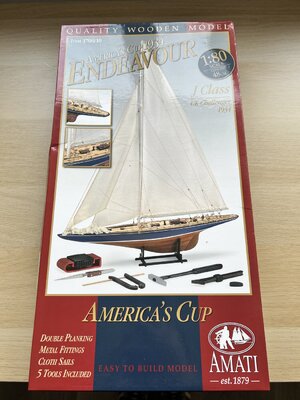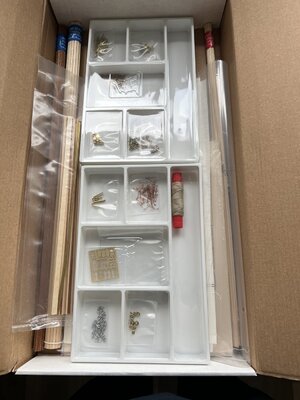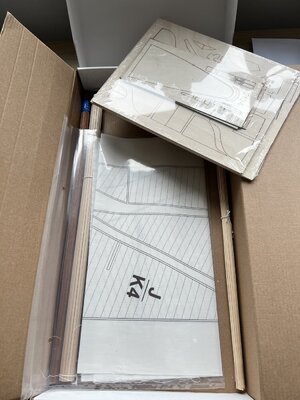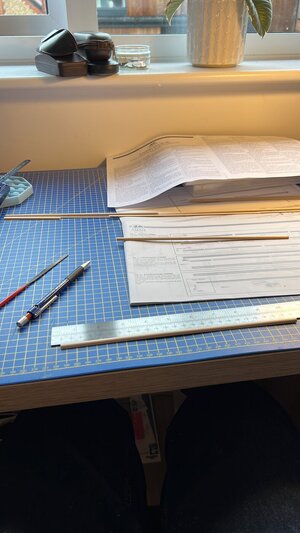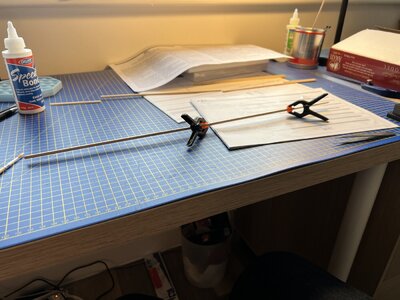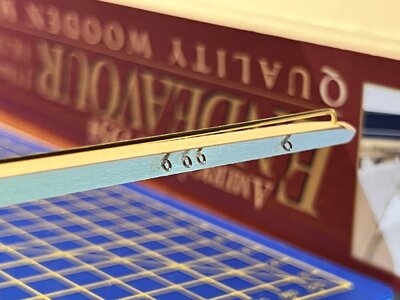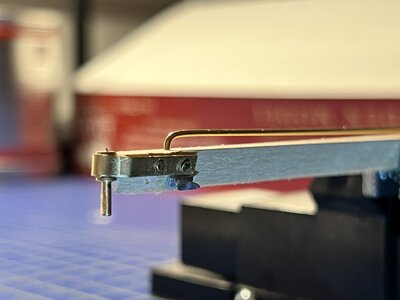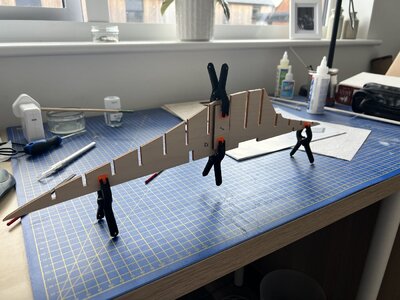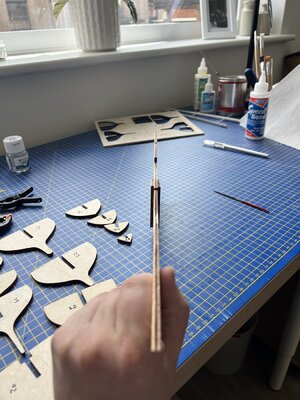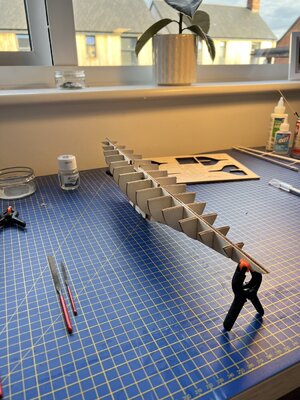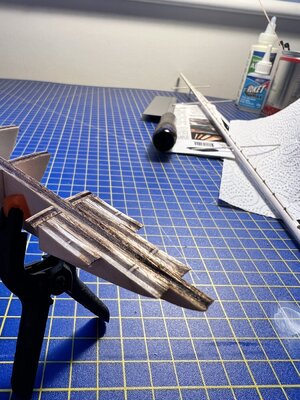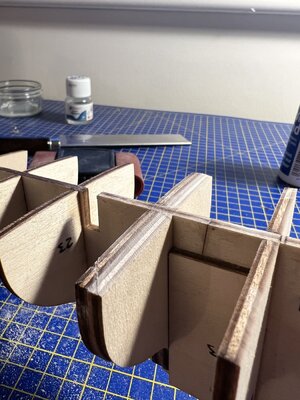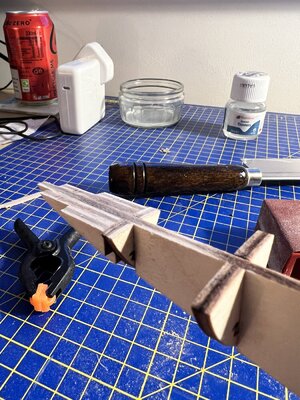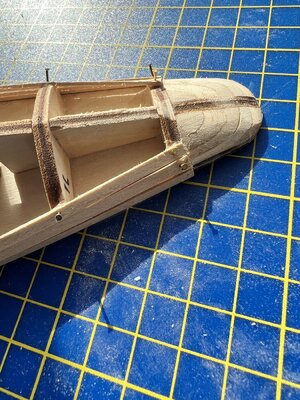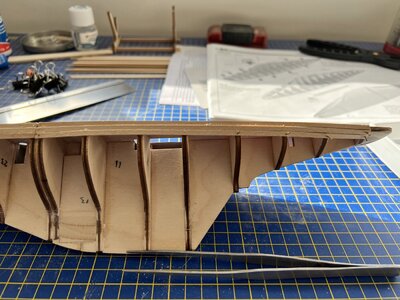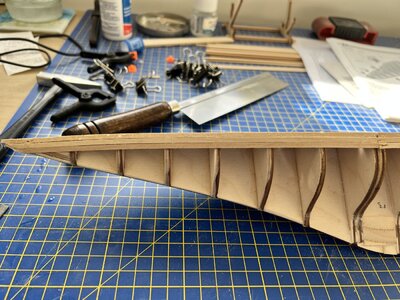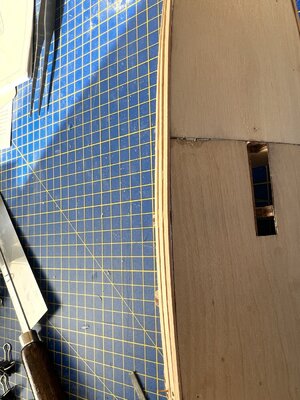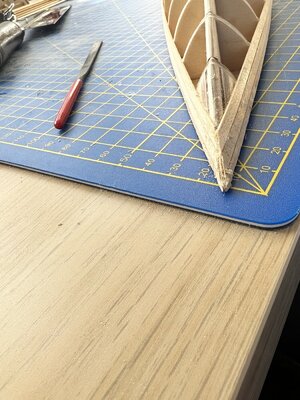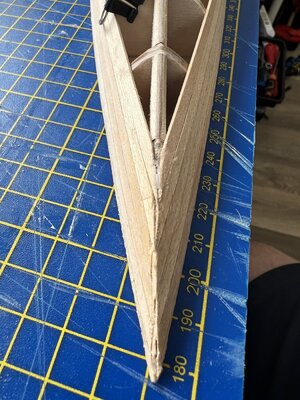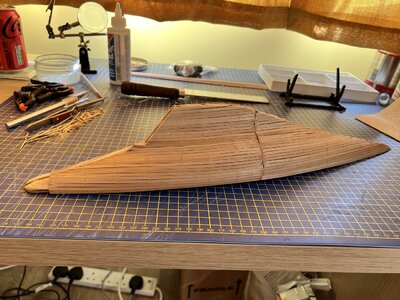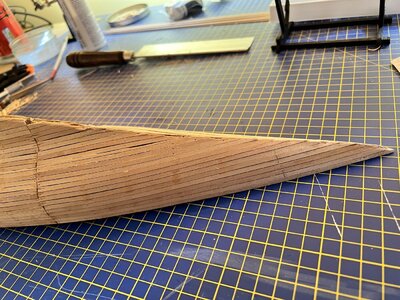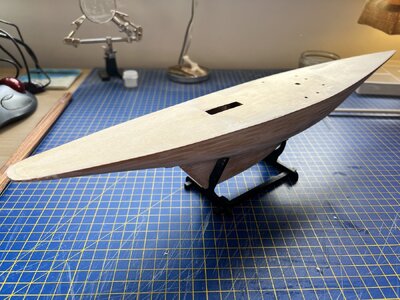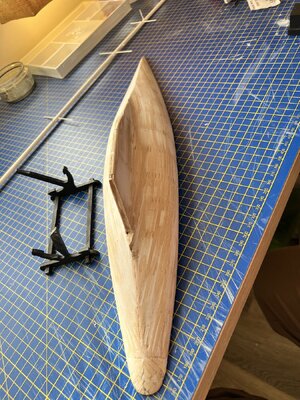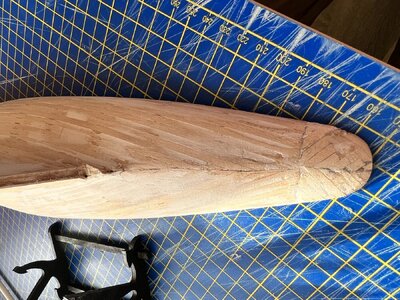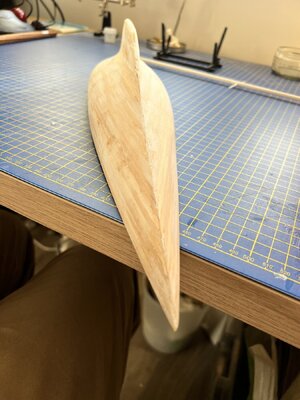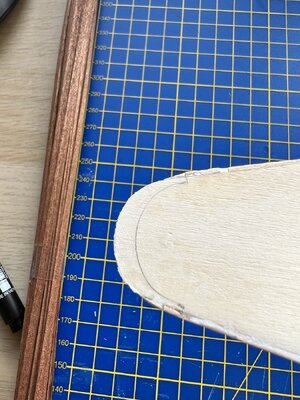If you love these boats and their history as I do, you will find a copy of "The J-Class Yachts "by Ian Dear to be an invaluable source of information and a fun read as well, compelling and novelistic in its' writing, not overly academic. It shouldn't be hard to find a copy on ABE books or the like. Not expensive.
I've been building the smaller scale Amati versions. I am curious to see what the larger scale ones are like. I will be following along with interest. I like the Amati kits. They seem to be well thought out by designers that actually take the time to build prototypes from their kit designs and make improvements to them over time. Sadly, they seem to have taken some out of production. They have made some simplifications for practicality's sake. Like with the "Park Avenue" boom and features of the spreaders. Many of these features can be recreated with a little ingenuity. I am also very interested in how you will approach the sails.
I see I have a lot to learn from your build already and await your subsequent installments eagerly.
Pete

